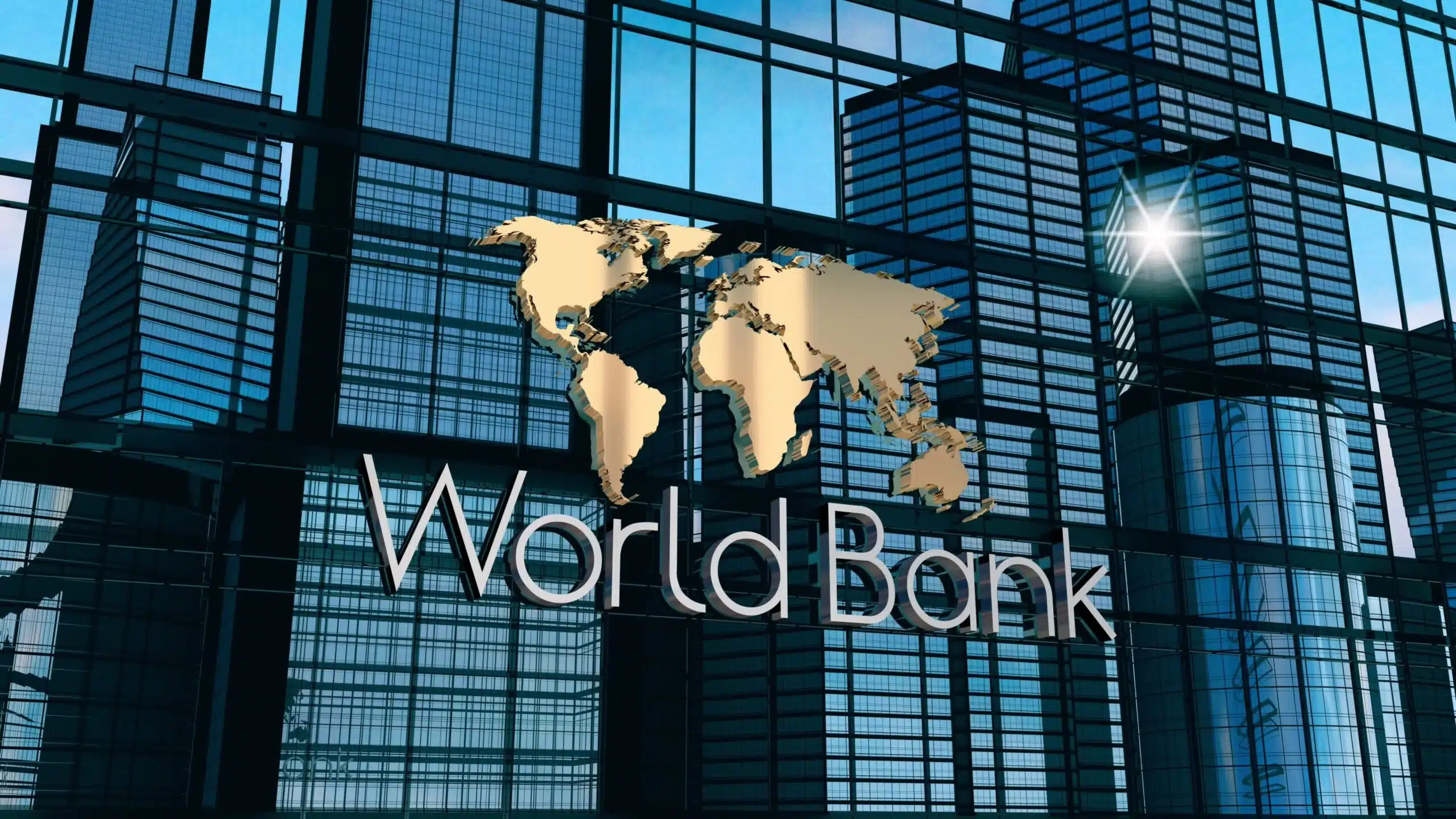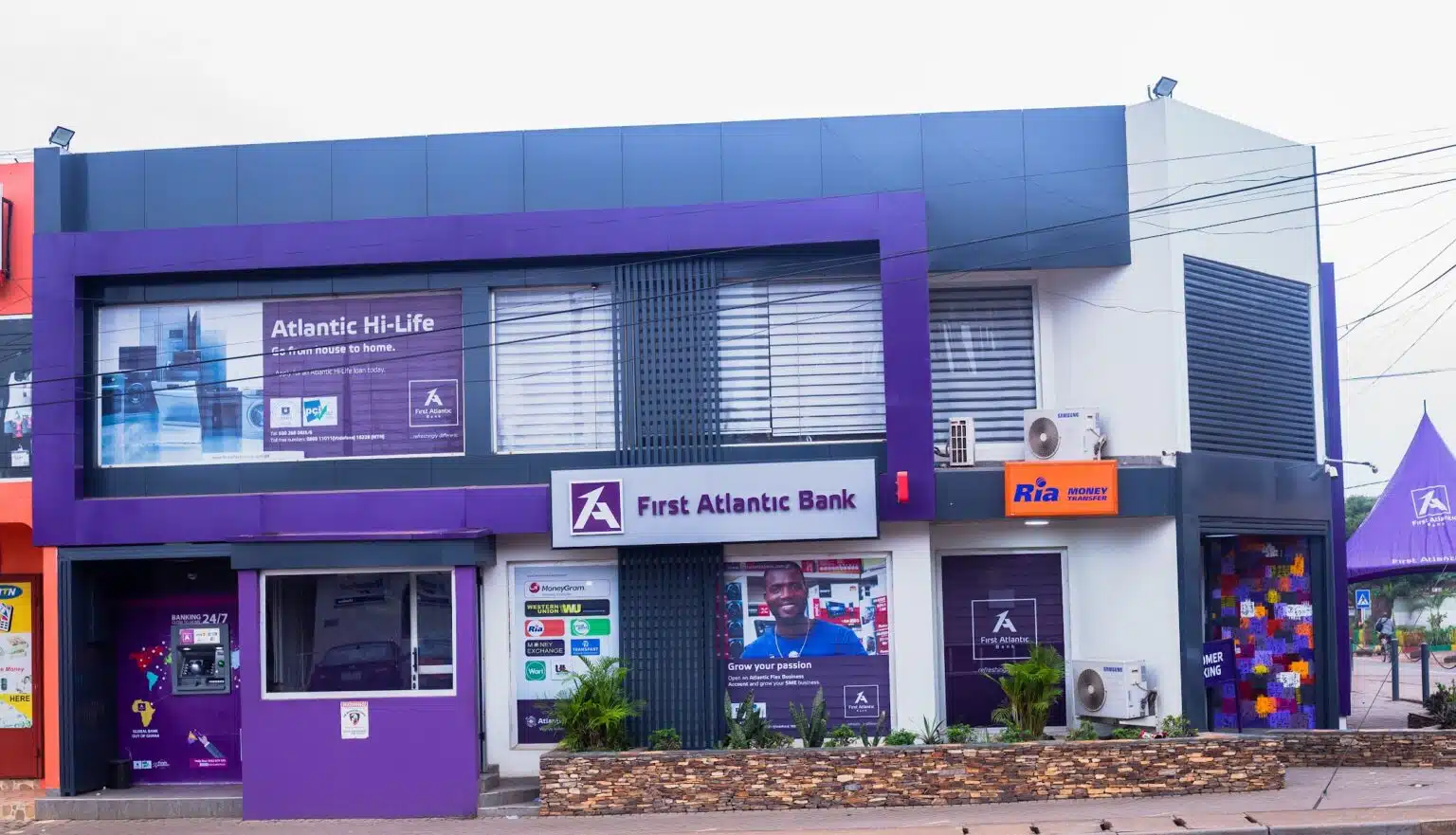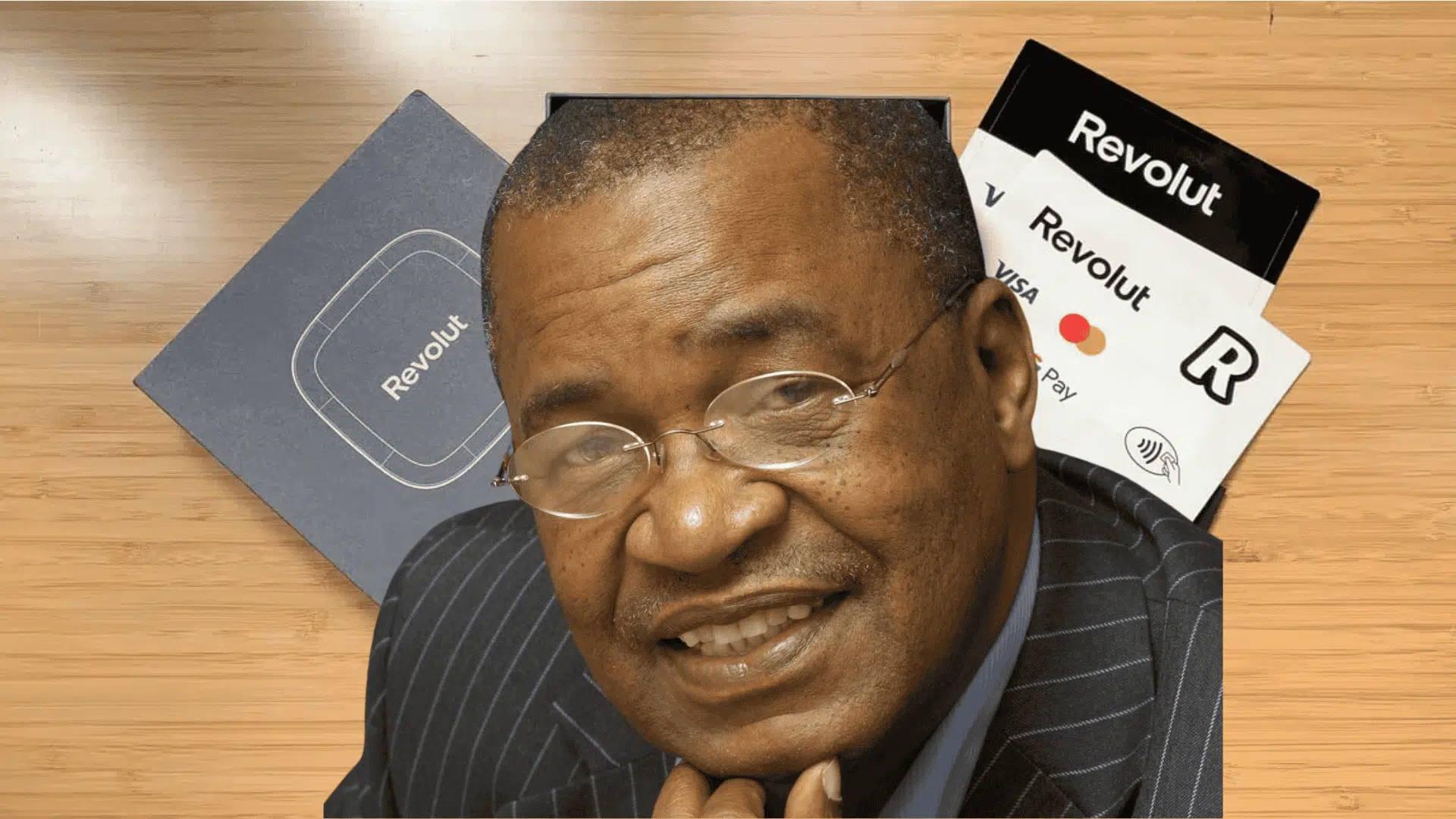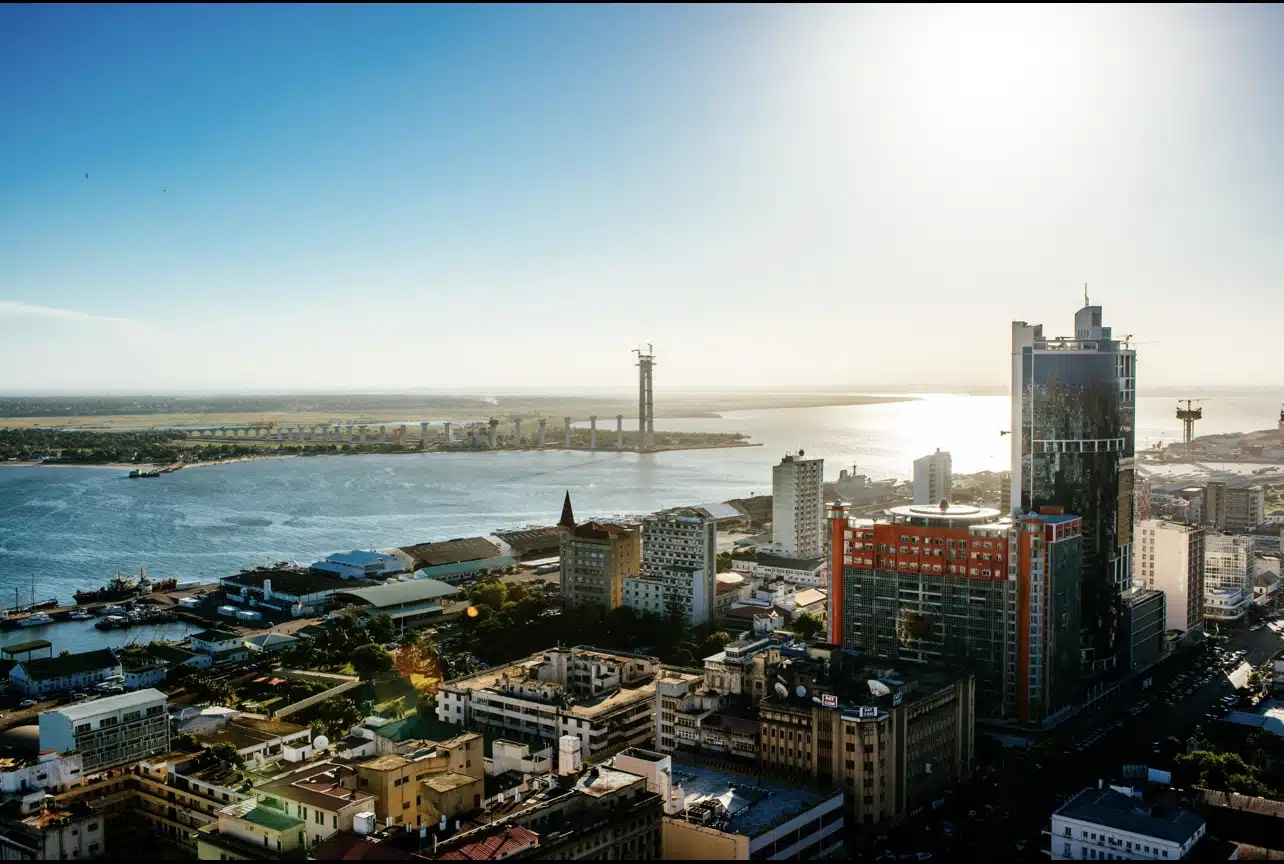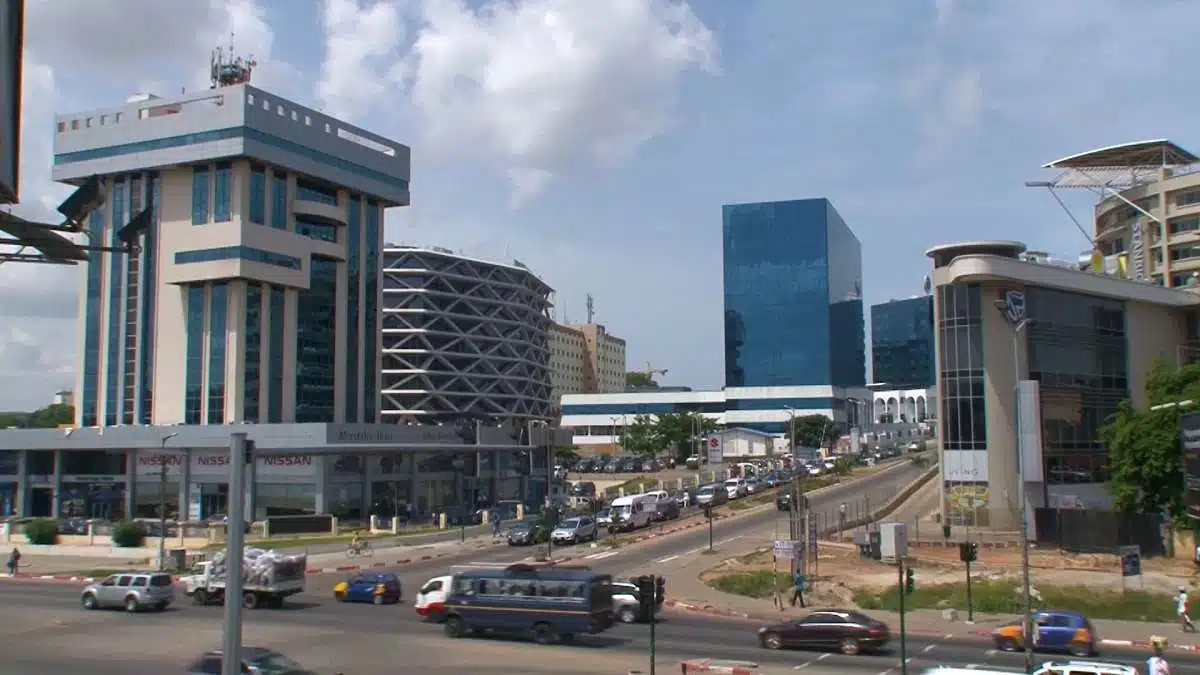Mozambique is set to receive major backing from the World Bank for its $6.4 billion hydropower and transmission project, a key step in the country’s ambition to become a regional energy hub in southern Africa.
The multilateral lender will provide a mix of debt, equity, risk guarantees, and insurance for the 1,500 megawatt (MW) Mphanda Nkuwa dam on the Zambezi River, as well as a $1.4 billion transmission line connecting the north to the southern part of the country.
Ajay Banga, the World Bank’s president, disclosed the funding plan during a visit to Mozambique, adding that the dam is expected to be operational by 2031.
If successful, the project would be the largest hydroelectric facility built in southern Africa in 50 years. The Mphanda Nkuwa plant is part of a broader World Bank-backed initiative, known as Mission 300, which aims to connect 300 million people in sub-Saharan Africa to electricity by 2030.
Daniel Chapo, Mozambique’s president, said the country wants to play a central role in this plan.
“We want to be the hub of energy in our region, the Southern African Development Community,” he noted.
Public-private partnership
The Mphanda Nkuwa project will be developed through public-private partnership.
A consortium consisting of Electricité de France (EDF), TotalEnergies and Sumitomo Corporation has been selected to lead the development and construction of the dam.
The Mozambican government, along with its state utility company Hidroeléctrica de Cahora Bassa, will retain equity stakes in the project.
Financing support will come from multiple arms of the World Bank Group.
The International Finance Corporation (IFC) will provide a portion of the debt and hold an equity stake.
The International Development Association (IDA) will offer concessional financing for the transmission infrastructure, while the International Bank for Reconstruction and Development (IBRD) is expected to issue guarantees.
In addition, the Multilateral Investment Guarantee Agency (MIGA) will provide political risk cover.
Beyond the World Bank, funding is also expected to come from the African Development Bank (AfDB), the International Monetary Fund (IMF), and private sector investors.
The total pool of capital mobilised through the broader Mission 300 initiative could exceed $100 billion, according to Banga.
Export potential and domestic supply
The new dam is located downstream of Cahora Bassa, the last major hydro project in the region, which was completed in 1974.
Unlike Cahora Bassa, which exports most of its power to South Africa, Mphanda Nkuwa will be connected to Mozambique’s southern grid and serve domestic demand, especially around its capital, Maputo.
It will also export power to neighbouring countries including Zambia, Malawi, and Zimbabwe.
Mozambique already supplies electricity to parts of southern Africa, but limited transmission infrastructure has slowed broader regional integration.
The new 1,300-kilometre transmission line is expected to ease that constraint.
Smaller footprint, bigger plan
A revised design of Mphanda Nkuwa will reduce the size of its reservoir, limiting the environmental and social impact compared to earlier mega-dam projects like Cahora Bassa or Kariba — a dam located upstream on the Zambezi River along the Zambia-Zimbabwe border.
This marks the first step in a broader five-to-ten-year roadmap that includes plans to build smaller 200–400 MW hydro plants upstream, expand Cahora Bassa by over 50%, and develop a 400 MW solar project in the same corridor.
Some of these projects may be included in a new five-year country partnership framework being drafted by the World Bank for Mozambique, the lender noted.
As a country still recovering from debt distress and natural disasters, the project offers Mozambique a chance to attract long-term investment, boost foreign exchange earnings, and drive industrialisation through more reliable power.
If realised, it could also help shift the region’s energy future away from carbon-heavy fuels, in line with global climate goals.

